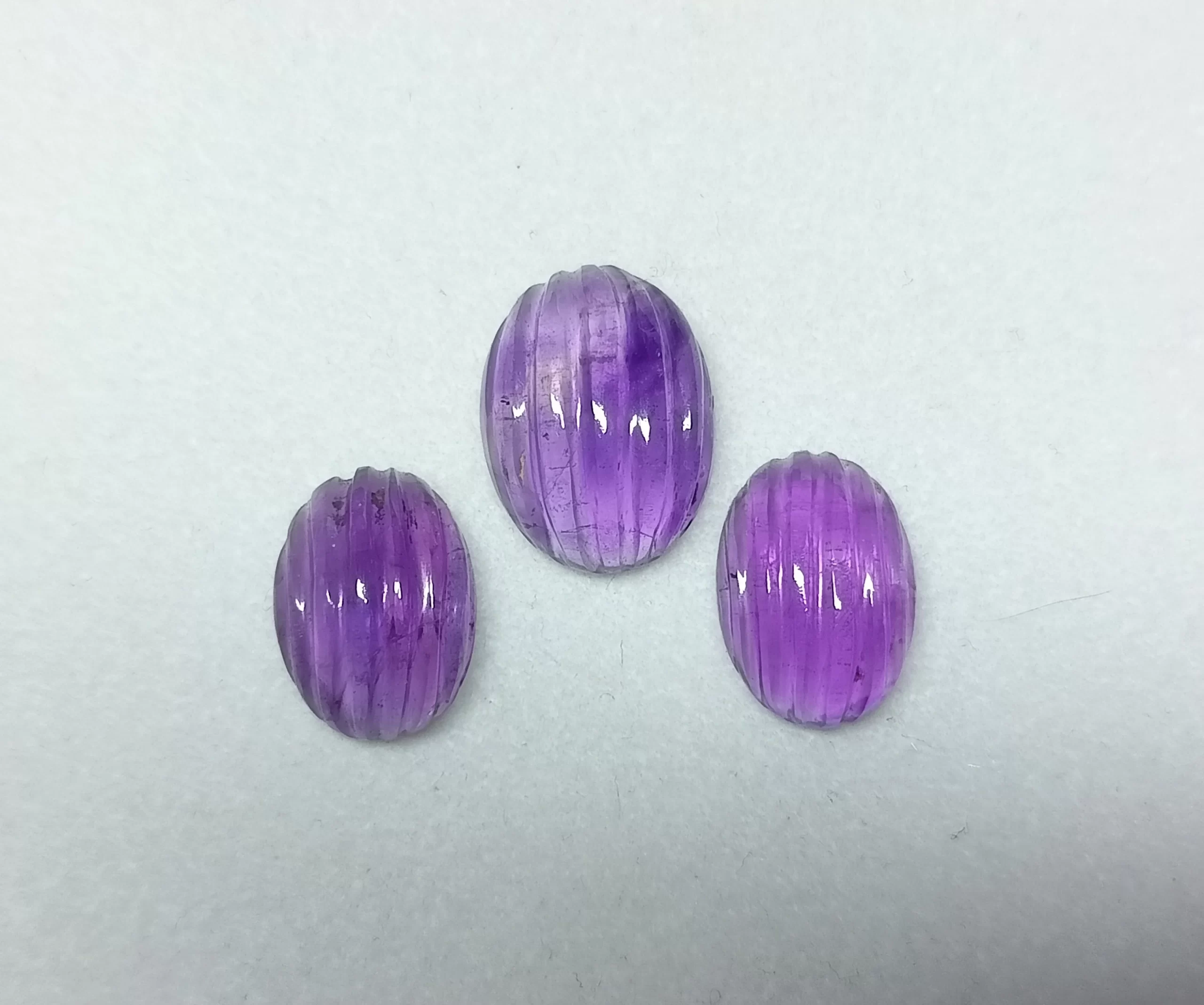
Gemstone carving is the art of transforming rough gemstones into beautiful and intricate works of art. It is a skilled craft that requires years of training and experience. Gemstone carvers use a variety of tools and techniques to create their works, including chisels, saws, and polishing wheels.
One of the most important aspects of gemstone carving is choosing the right gemstone. The gemstone should be of high quality and have the right characteristics for the desired design. For example, a gemstone with a high degree of clarity is best suited for intricate carvings, while a gemstone with a unique color or pattern is better suited for simpler designs.
Once the gemstone has been selected, the carver will begin by sketching out the design on the stone. This is a critical step, as it will determine the overall look and feel of the finished piece. Once the design is complete, the carver will begin to carve the stone using a variety of tools and techniques.
The carving process can be very time-consuming, as it requires great care and precision. The carver must be careful not to damage the gemstone or to alter its natural beauty. Once the carving is complete, the carver will polish the stone to bring out its luster.
Gemstone carving can be used to create a wide variety of items, including jewelry, sculptures, and other decorative objects. Some of the most popular gemstone carvings include:
Cameos: Cameos are typically made from layered gemstones, such as agate or onyx. The carver will carve into the top layer of the gemstone to reveal a design in the contrasting color of the lower layer.
Intaglios: Intaglios are also typically made from layered gemstones, but the design is carved into the lower layer of the gemstone. This creates a design that is raised above the surface of the gemstone.
Cabochons: Cabochons are gemstones that have been cut and polished into a smooth, rounded shape. Cabochons are often used in jewelry, such as rings, necklaces, and earrings.
Sculptures: Gemstone sculptures can be created in a wide variety of shapes and sizes. Some gemstone sculptures are very realistic, while others are more abstract. Lab-grown diamonds are becoming increasingly popular among gemstone carvers. Lab-grown diamonds are chemically and optically identical to natural diamonds, but they
are grown in a laboratory under controlled conditions. This makes lab grown diamonds more sustainable and ethical than natural diamonds.
Lab-grown diamonds are also often more affordable than natural diamonds. This makes them a good option for gemstone carvers who are looking to create high-quality jewelry at a reasonable price.
Gemstone carving is a beautiful and intricate art form. Gemstone carvers use their skills to create works of art that are both visually stunning and meaningful. Gemstone carvings are often cherished heirlooms that are passed down from generation to generation.
Here are some additional thoughts on the art of gemstone carving:
Gemstone carving is a unique and challenging art form. It requires a high level of skill, precision, and creativity.
Gemstone carvers often have a deep appreciation for the natural beauty of gemstones. They are able to see the potential for beauty in even the most rough and unpolished stones.
Gemstone carving can be used to create a wide variety of items, from simple jewelry to elaborate sculptures.
Gemstone carvings are often cherished for their beauty, craftsmanship, and symbolism. The art of gemstone carving is a centuries-old tradition that continues to be passed down from generation to generation. Today, gemstone carvers are using their skills to create beautiful and innovative works of art using both natural and lab-grown gemstones.


